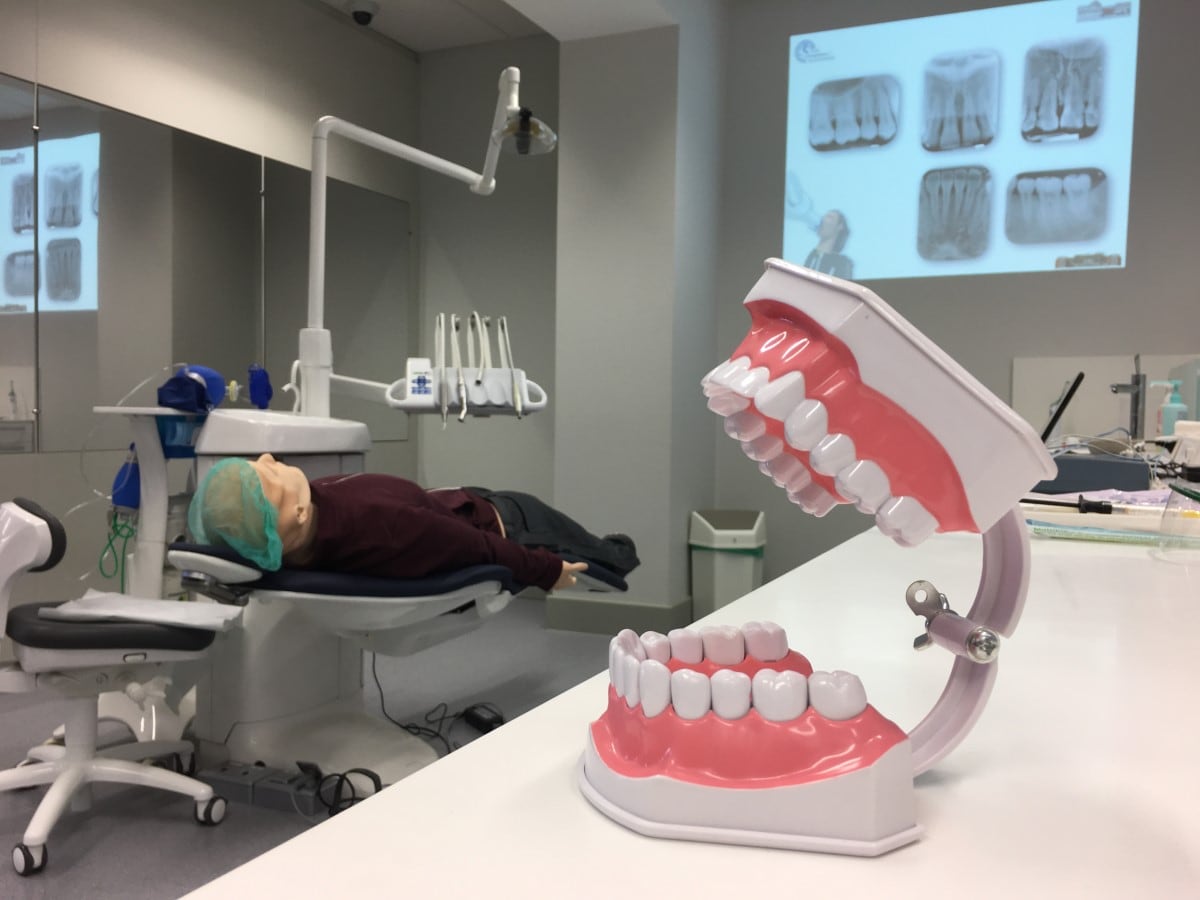Although U.S. troops’ dental readiness has improved some over the last decade, there’s also been a decline in the percentage of troops with the best dental health, according to new Defense Department statistics.
From 2014 to 2024, the percentage of troops with the worst levels of dental health decreased from 8.3% to 6.3%, while the percentage of troops with the best dental health dropped from 48.9% to 44.8%, DOD officials stated in a late September memo to Sen. Elizabeth Warren, D-Mass.
The memo, reviewed by Military Times, comes in response to Warren’s letter to Defense Secretary Pete Hegseth earlier this year seeking answers on how potentially ending fluoride use in drinking water, as championed by Health and Human Services Secretary Robert F. Kennedy Jr., could undermine military readiness.
Specifically, Warren asked for details on whether troops’ dental readiness had improved since the implementation of a 2013 DOD requirement to fluoridate water on military installations that serve more than 3,300 people. According to DOD, 14 of those installations haven’t implemented the policy, mostly due to varying concentrations of naturally occurring fluoride in their water supply.
Currently, there aren’t any service members who are reported as being nondeployable due to dental problems, according to responses provided by Anthony J. Tata, under secretary of defense for personnel and readiness, to Warren. In 2018, however, officials modified how that status is reported: Troops assessed as having the higher level of dental problems are categorized as “not medically ready to deploy,” but they aren’t reported in the “nondeployable population.”
Still, dental emergencies account for 20-30% of all “disease non-battle injuries,” or injuries not directly related to combat, during deployments, DOD officials said in their memo to Warren. The officials cited a 2024 study outlining 264 dental emergencies per 1,000 deployed personnel per year, based on an analysis of multiple long-term studies.
Role of fluoride in dental readiness
There is no clear evidence that fluoridation of drinking water alone is responsible for improved military dental readiness, defense officials told Warren.
“It is likely that a combination of factors, including fluoridation and other preventive interventions, have contributed positively to improved dental readiness across the force,” they said.
But there are complicating factors. Some installations purchase water from non-DOD drinking water providers, while many military members live off base. Access to care, disease patterns, diet, oral hygiene practices and regular dental preventive care also impact an individual’s dental health and readiness, officials noted.
That said, removing fluoride from drinking water would likely be associated with increased rates of dental decay, according to a DOD position paper and a joint report by the DOD and the Journal of the American Medical Association Health Forum, cited in DOD’s response.
The impact of removing fluoride might be negligible in the short term, officials said, but studies suggest it could have a long-term impact on dental disease, leading to a projected increase in demand for dental treatment and more temporarily nondeployable service members.
“Our military is already falling short on delivering high-quality dental care for our service members, and Secretary Kennedy’s fluoride crusade is threatening to worsen this crisis and hurt our military’s ability to deploy where they’re needed,” Warren said in a statement to Military Times.
RELATED
Biting into the numbers
Military dental readiness is classified into four categories. Class 1 represents the highest level of dental health and readiness, where the service member has a current dental exam, and doesn’t require any additional treatment or reevaluation.
Those in Class 2 require nonurgent dental treatment or reevaluation for oral conditions, but they’re not likely to result in a dental emergency with a year. They’re still medically ready to deploy.
A Class 3 designation means the service member has a condition that could cause a dental emergency within 12 months. They’re not medically ready to deploy.
A Class 4 designation represents the lowest level of dental health and readiness, where a service member is delinquent in getting dental care and requires a dental exam, or the dental classification status is unknown. They’re not medically ready to deploy.
Dentists determine a service member’s readiness classification, but their commander makes the ultimate decision about their ability to deploy.
DOD’s target is for 65% of troops to fall under Class 1. Nearly half of the active duty force is in Class 2, officials said.
While those assessed as Class 2 may be technically medically ready, they have untreated dental disease, and their preventive dentistry requirements aren’t being met, officials told Warren. Waiting to treat those conditions until they become emergencies causes higher rates of dental problems during deployments, they said.
Between May and August of this year, 6% of all military personnel, or 107,214 troops, were reported as having Class 4 assessments, according to DOD data provided to Warren.
About 3.5% of personnel, or 61,788 service members, during that same timeframe were reported as having Class 3 assessments.
Overall, 5.1% of active duty members were categorized as Class 4 assessments, while 9.9% of reserve members fell under that category.
Among the active duty population, Marines had the highest percentage of Class 4 problems, accounting for 10.1% of all Marines, followed by sailors at 6%. Air Force had the lowest percentage of Class 4 problems at 2.3%, followed by the Army at 4.2%.
Within the reserve components, the highest percentage of those assessed as Class 4 were members of the Army Reserve at 12.6%, followed by Air Force Reserve individual mobilization augmentees at 10.3% and Navy reservists at 8.2%.
Karen has covered military families, quality of life and consumer issues for Military Times for more than 30 years, and is co-author of a chapter on media coverage of military families in the book “A Battle Plan for Supporting Military Families.” She previously worked for newspapers in Guam, Norfolk, Jacksonville, Fla., and Athens, Ga.
Read the full article here








